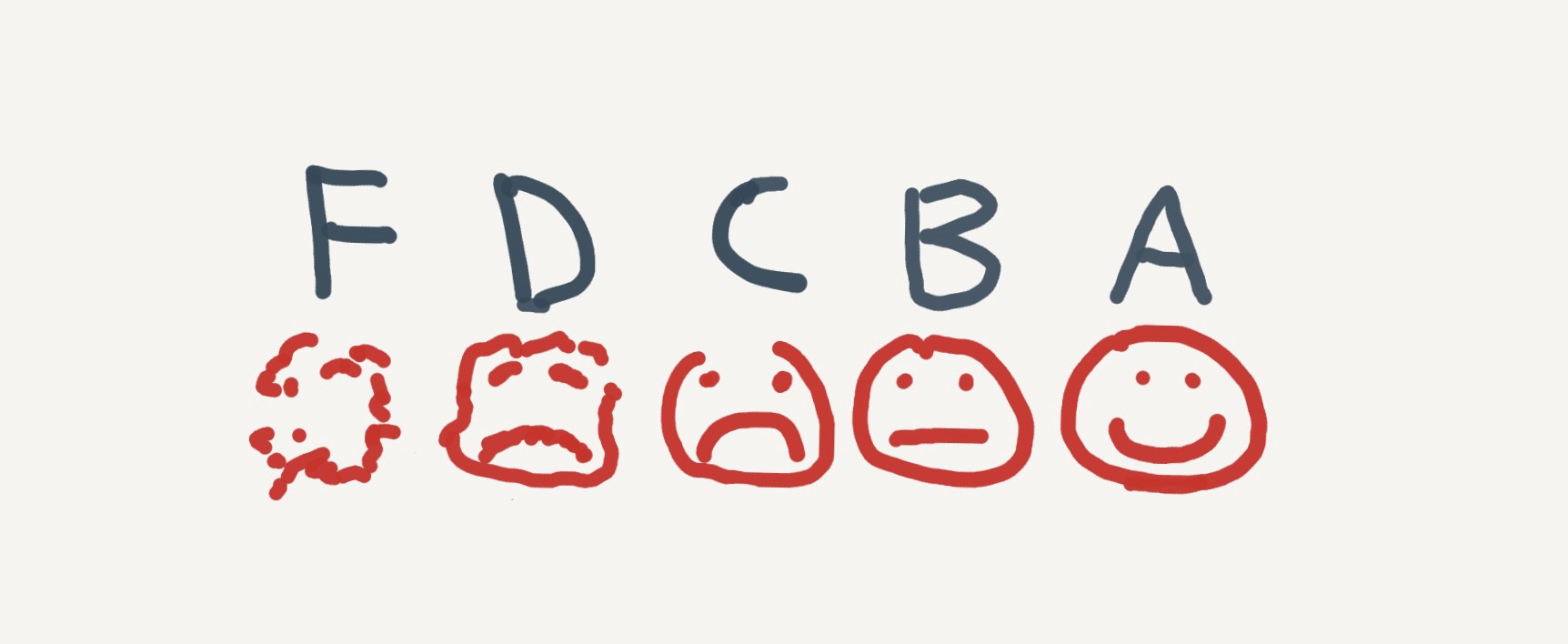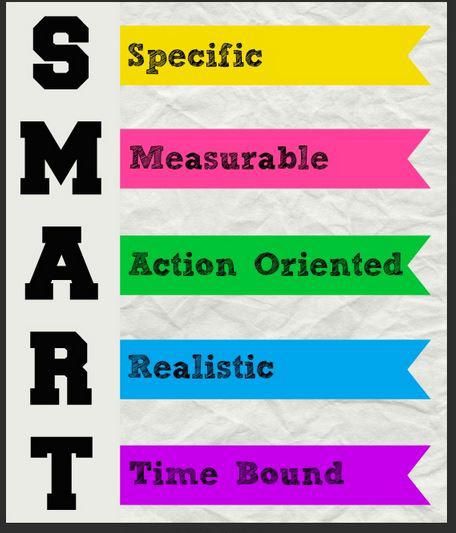 Photo from The Mountaineer
Photo from The Mountaineer#UDLChat 3/18/2020
Table of Contents

Reflection
This Twitter chat session was undoubtedly challenging. The topic was “Assessment For All Learners/Going Grade-less.” Assigning letter grades and percentages is so engrained into our traditional education system. The key I found through the discussion is that assessment, and not grading, is the approach to strive toward to improve learning. While it was in the title of the topic, many see assessment as a grade and percent because it can provide “tangible” and measurable data that can lead to some form of qualitative opinion. What I have seen in learning about UDL is that rubrics, if appropriately formulated, can both provide a benchmark for quantitative information and be created to assess the goal and not the submission format. In other words, one rubric can assess knowledge and understanding gained from an assignment if it is a paper, in-person presentation, video recording, audio recording, graphic organizer, drawing, or another acceptable format.
Some of these formats may not be familiar to the instructor, though. Technical skills to create video or any of the other creative forms of expression may not be in their particular portfolio and may cause apprehension to allow it. This reason could be due to them not being able to support the learner if they have issues creating their artifact. It could also be that they did not know such a technology existed. Whatever the reason, having knowledgeable technical support available to the instructor would allow potential training opportunities, would be able to assist the learner with their goal and ensure the proper technology is available to support. Positive collaboration between educators and technical staff is vital to expanding options for the institution and all stakeholders. Educators must also be aware of request procedures to adopt the technology. There are accessibility, privacy, data ownership and transfer-ability, retention for grading documentation, licensing, intellectual property, legal, existing tools that are already licensed and available, and other dimensions to consider. While doing a try out of a free or trial account for new educational technology is how we see new creative ways of expression, adopting it without working with technical staff and going through the procurement process can have serious ramifications.
Besides the possible technology barrier, other low or no technology options are available to assess learner progress. Encouragement, promoting goal setting, and requiring student reflection on their development are all effective ways of assessing learners.
Responses
Assessment For All Learners/Going Grade-less
Q1: Why do we grade students?
A1. I feel in traditional education we grade students to provide a score of content understanding against baselines and benchmarks for a set period of time. This is more of a teacher-centered activity that is typically not influenced by student feedback. #UDLChat
— Steven Bianco, MA (@StevenBianco4) March 19, 2020
Q2: Could the implementation of UDL support the elimination of grades?
A2. No. Assessing learning progress, understanding, and mastery over time is critical in #UDL. But the way learners are “scored” can be transitioned to a system where learner feedback and reflection is a factor in the assessment process along with peer interaction. #UDLChat
— Steven Bianco, MA (@StevenBianco4) March 19, 2020
Q3: How can UDL support ways to focus less on grades and more on learning?
A3. Salience of goals. The goal modeled by the instructor should not be focused on scoring the highest grade, but mastery of goals and objectives. Further, personal goals should be collected to make the learning environment more flexible and relevant to the learners. #UDLChat
— Steven Bianco, MA (@StevenBianco4) March 19, 2020
Q4: While thinking about the UDL Framework, what are the ways you can better communicate student growth and progress?
A4. Clear, frequent, regular, and relevant mastery-oriented feedback to promote self-regulation and lower barriers to learning by listening to a learner reflect on why they have taken that specific course of action. #UDLChat
— Steven Bianco, MA (@StevenBianco4) March 19, 2020
Question Source
UDLchat March 18, 2020 Question Source